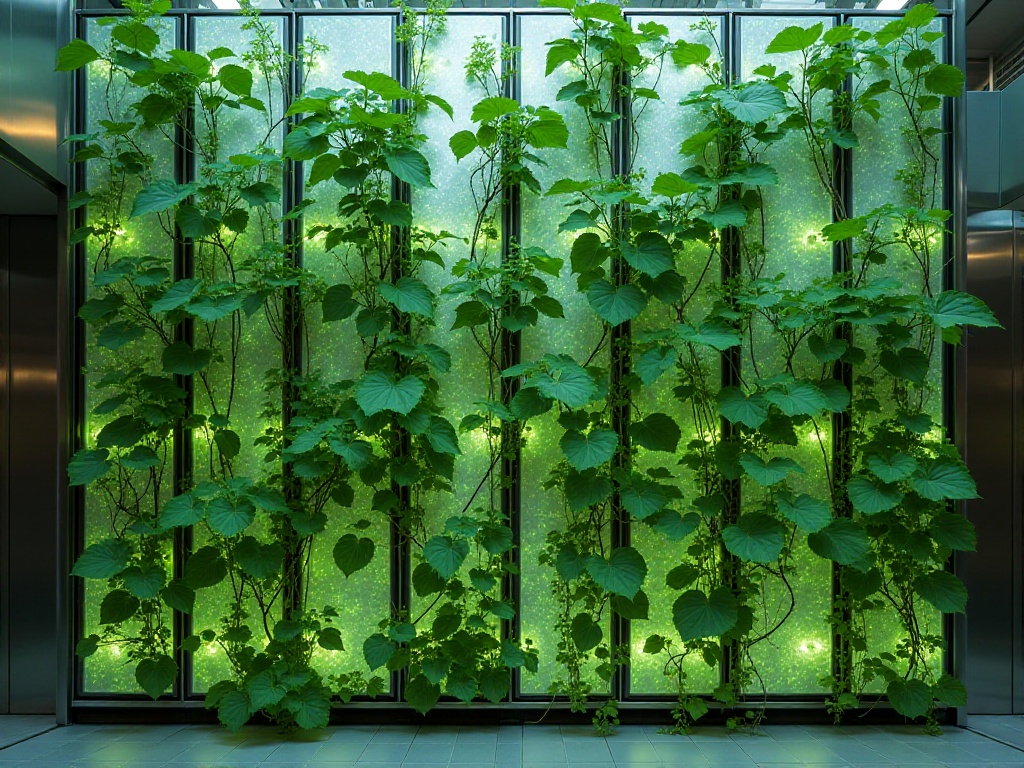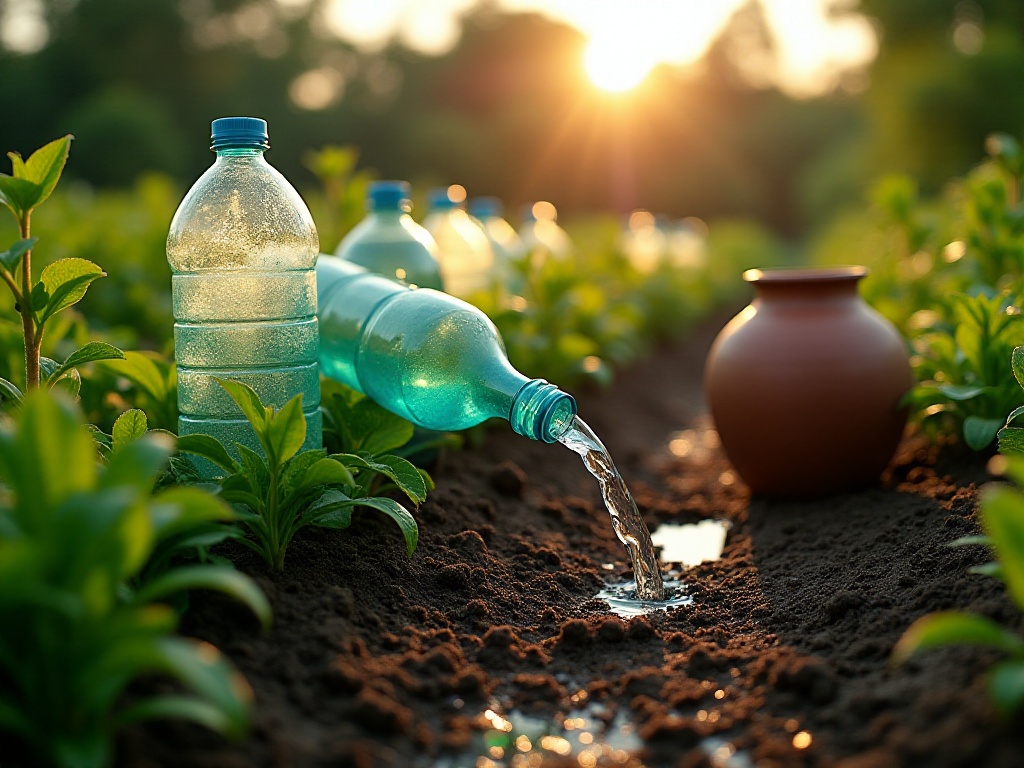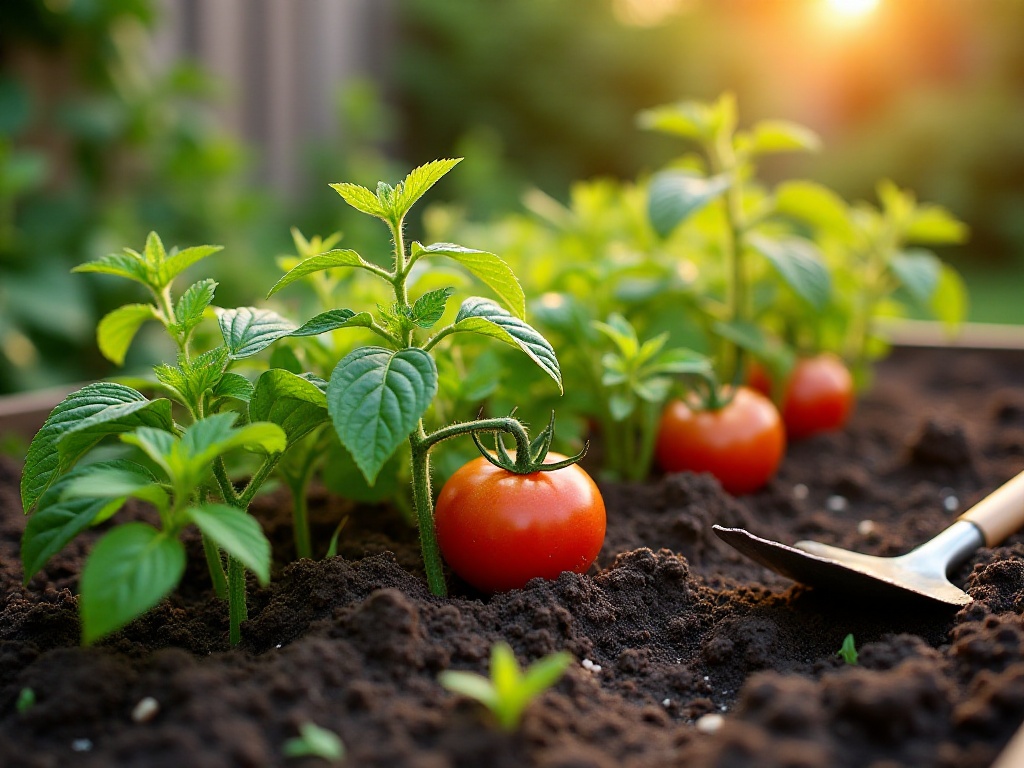Introduction
In this era of rising prices, have you ever thought about growing your own vegetables? As someone who has been growing vegetables on my balcony for three years, I want to share my experiences and insights with you. Trust me, growing vegetables isn't difficult at all with the right methods. Not only can you harvest fresh, healthy vegetables, but you can also experience the joy of growing and harvesting your own produce.
Over these three years, I've evolved from a complete gardening novice to a "balcony farmer" who can harvest various vegetables year-round. Although I've experienced many failures, each setback taught me valuable lessons. Now, I want to share these hard-earned experiences with everyone, hoping to help more people start their own balcony gardening journey.
Choosing the Right Location
What's most important for balcony gardening? That's right, it's sunlight. You might say, "My balcony faces north, does that mean I can't grow vegetables?" Actually, that's not the case. Let me tell you a little secret: different vegetables have different sunlight requirements.
From my experience, my south-facing balcony receives 6-8 hours of sunlight daily. In this situation, sun-loving plants like tomatoes and peppers are particularly suitable. But don't be discouraged if you have a north-facing balcony - shade-tolerant vegetables like lettuce, choy sum, and Chinese chives can grow very well.
To assess your balcony's lighting conditions, I recommend observing for one day. Check at 8 AM, 12 PM, and 4 PM, and record the duration of direct sunlight. Based on my experience, if you get more than 6 hours of direct sunlight, you can grow almost anything; with 4-6 hours, choose plants with moderate light requirements; with less than 4 hours, consider growing shade-tolerant leafy vegetables.
The duration of sunlight affects not only plant growth rate but also nutritional value. Take tomatoes for example - adequate sunlight not only makes the fruit sweeter but also increases vitamin C content. Therefore, light conditions must be carefully considered when planning your garden.
Besides sunlight, temperature is also a crucial environmental factor. Most vegetables grow best between 15-30°C. During summer, balcony temperatures might get too high; you can use shade cloth or spray water in the morning and evening to cool plants. In winter, when temperatures are too low, you can use non-woven fabric or simple greenhouses for warmth.
Ventilation shouldn't be overlooked. Good airflow can prevent pests and diseases and promote plant growth. If your balcony is relatively enclosed, consider installing small fans for ventilation. However, note that strong winds can damage plants, so ensure protection during windy weather.
Space planning is equally important. Even a small balcony can produce plenty of vegetables with proper planning. You can use vertical growing methods, like multi-tier plant stands or wall-mounted planters. In my experience, a 2-square-meter balcony can simultaneously grow 6-8 different types of vegetables with proper planning.
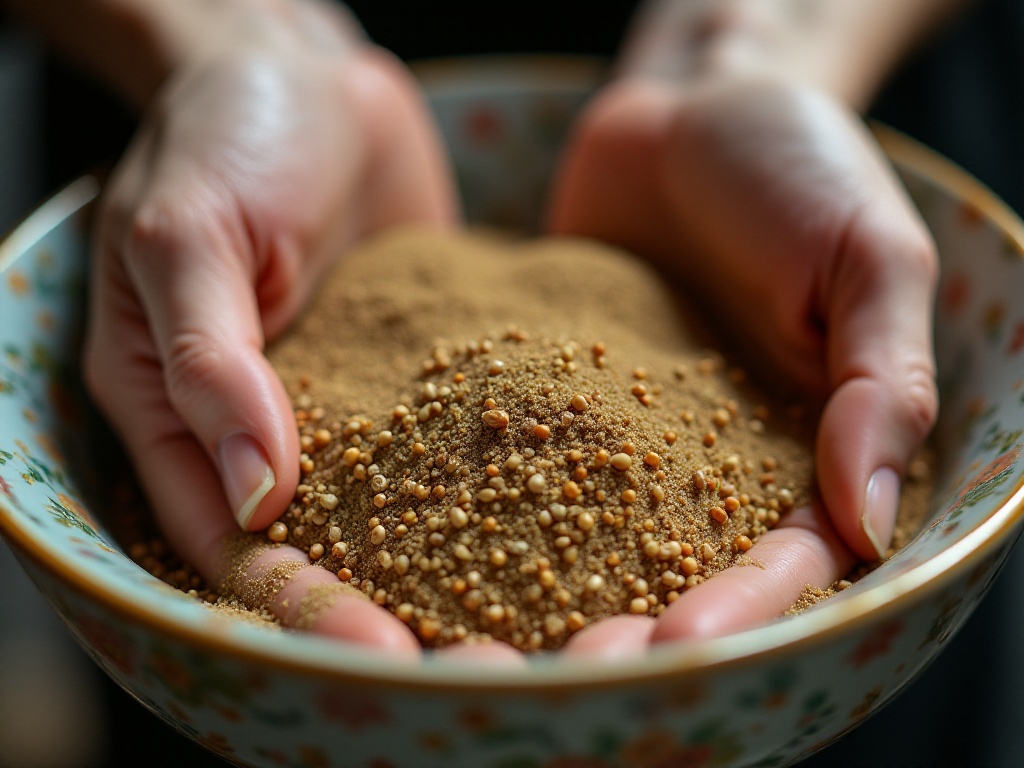
Soil Preparation
Speaking of soil, this is the foundation of vegetable growing. Did you know that many beginners fail at this step? My first mistake was using general-purpose potting soil from the flower shop. The result? The bok choy grew small and yellow, which was heartbreaking to see.
Later, I figured out a perfect formula: potting soil + vermiculite + coco coir in a 5:2:3 ratio. This mix retains water well while maintaining good aeration, and importantly, doesn't compact. You can buy this at garden markets - ask the vendor to mix it according to this ratio, usually costing about 5-10 yuan per pound.
Soil pH is also important. Most vegetables prefer slightly acidic soil with a pH between 6-7. How to test? It's simple - just buy a soil pH tester online for about ten yuan.
Regarding soil, many people might not know that different vegetables have different soil requirements. Root vegetables prefer loose, sandy soil, while leafy vegetables do better in fertile clay soil. Therefore, adjust your soil mix according to what you're planning to grow.
Soil sterilization is another important step. New soil should be sterilized, either by pouring boiling water over it or leaving it in direct sunlight for several days. This kills pathogens and pest eggs, preventing disease and pest problems.
Soil maintenance is equally important. Over time, soil becomes compacted and loses nutrients. You'll need to improve it by adding organic matter like humus and worm castings, which both improve soil structure and add nutrients.
Composting is a great way to improve soil. Mix kitchen waste like vegetable scraps and fruit peels with dry leaves, turn regularly, and once fully decomposed, you'll have excellent organic fertilizer. Compost not only provides nutrients but also improves soil structure and increases beneficial microorganism populations.
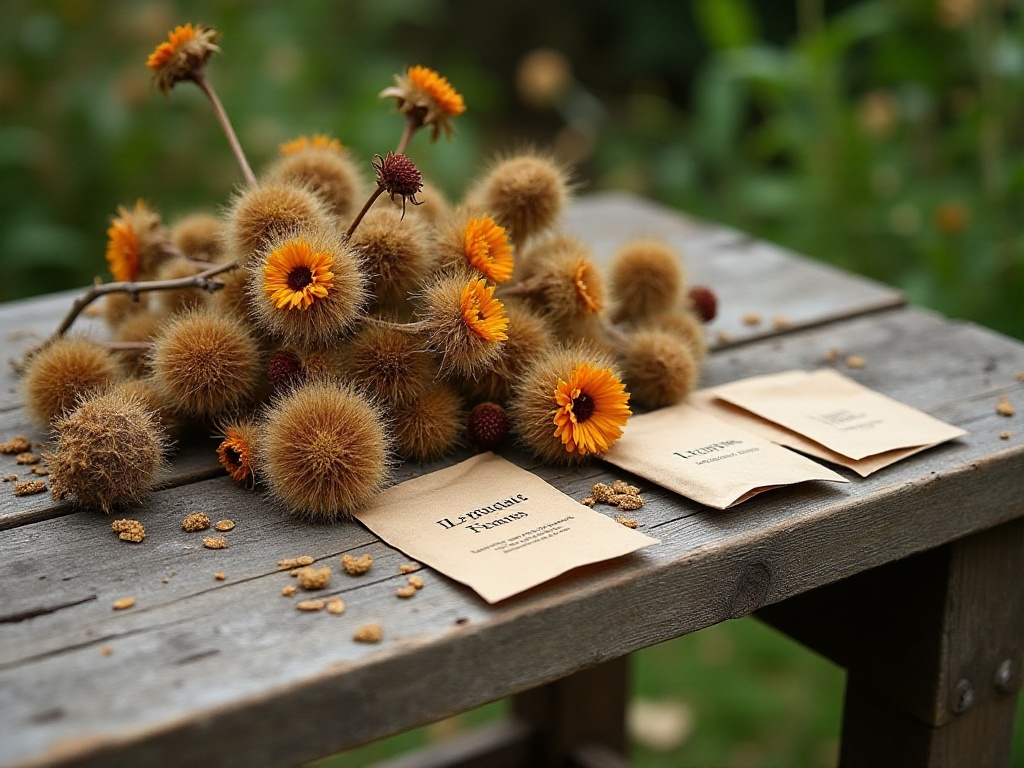
Proper Seeding
Now comes the most exciting part - seeding. I remember my first time was quite chaotic. The seeds were too small to handle and difficult to spread evenly. Later, I discovered a useful method: mix seeds with fine sand in a 1:10 ratio, making them much easier to control.
Regarding planting depth, I've developed a formula: 2-3 times the seed diameter is the optimal planting depth. For example, bok choy seeds are about 1mm, so plant them 2-3mm deep. For covering soil, just press gently with your finger - don't pack it too tight.
Seasonal timing is also important. Different vegetables have different optimal planting times. Generally, spring is good for beans and fruiting vegetables, summer for heat-tolerant plants like water spinach and okra, and fall for cold-hardy vegetables like cabbage and radishes.
Seed preparation shouldn't be overlooked. Some seeds need pre-germination treatment - soak in warm water or wrap in damp cloth until small white sprouts appear before planting. This improves germination rates and ensures more uniform seedling growth.
Proper seeding density is crucial. Many beginners sow seeds too densely, thinking it increases germination chances. Actually, this is counterproductive - overcrowded seedlings compete with each other and don't grow well. Generally, keep small seeds about 1cm apart, with larger seeds spaced further apart.
Post-seeding management is key. Keep soil appropriately moist but not waterlogged. Use a spray bottle for watering, or cover with newspaper for moisture retention. Maintain moderate temperatures, ideally 20-25°C. Once sprouted, ensure seedlings get light promptly to prevent leggy growth.

Daily Management
Daily care requires the most patience in vegetable growing. Watering is a skill - my experience is "better dry than drowned." How to judge when to water? Insert your finger 2cm into the soil - if it feels moist, don't water; if dry, it's time to water.
Timing of watering is important. Best to water in early morning or evening when evaporation is minimal and plants absorb water most effectively. Watering at noon under strong sunlight leads to high evaporation and possible leaf burn.
Water temperature matters - use room temperature water. Let tap water sit for 24 hours to allow chlorine to dissipate before using. Water at the root zone, avoiding leaves to prevent disease.
Fertilizing is crucial. I especially recommend homemade organic fertilizer: kitchen scraps, fruit peels, and coffee grounds can all be composted. The golden ratio for composting is 3:1 green materials (like vegetable scraps) to brown materials (like leaves). Turn weekly, and in about two months, you'll have rich, dark compost.
Fertilizing requires proper method and timing. Plants need different nutrients at different growth stages. Generally, early growth requires nitrogen for stems and leaves, while flowering and fruiting stages need phosphorus and potassium. Follow the principle of "little but often" - apply small amounts frequently rather than large amounts occasionally.
Pruning and training are important management practices. For vining plants like tomatoes and cucumbers, remove side shoots promptly and provide support. For leafy vegetables, remove yellow or diseased leaves to maintain airflow.
Pest and disease control is another crucial aspect. Prevention is key, and prompt action is needed when problems arise. Natural methods work well - garlic spray or chili water for pest control, soapy water for aphids. The fundamental approach is maintaining good growing conditions to strengthen plants' natural resistance.
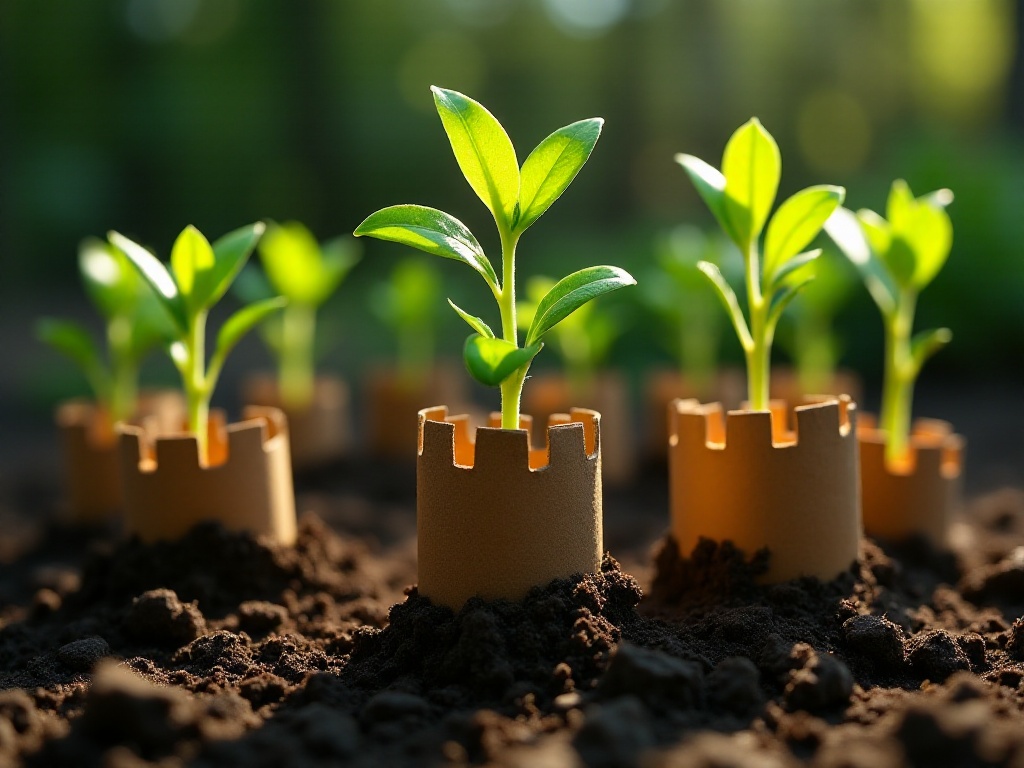
Harvesting and Storage
The satisfaction of seeing your vegetables thriving is indescribable. But harvesting requires technique. Timing is crucial - neither too early nor too late. For leafy vegetables, harvest early morning while dew remains, when leaves are most crisp and flavorful.
Post-harvest handling matters. Wash freshly harvested vegetables promptly and drain well. If not eating immediately, store in plastic bags in the refrigerator. Don't store too long, as nutritional value decreases over time.
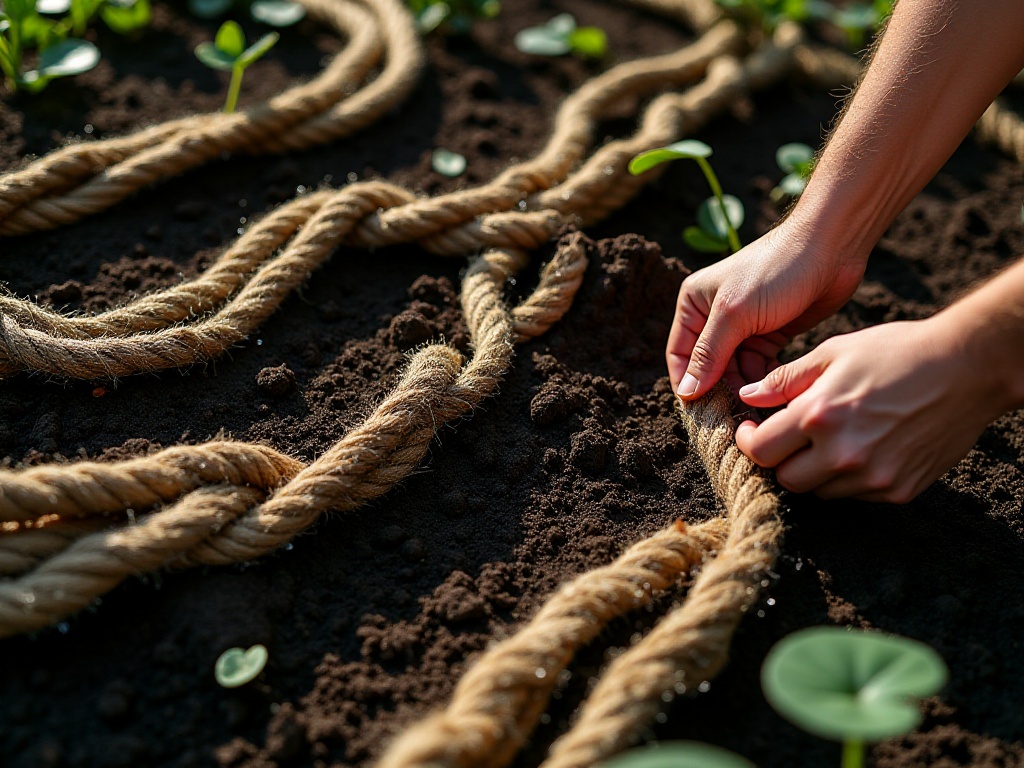
Experience Summary
Persistence is key in vegetable growing. Initially, you'll face various issues: yellowing leaves, pest problems, poor fruiting... Don't worry, this is normal. I suggest keeping a growing diary to record daily changes and operations - patterns will emerge over time.
Through three years of growing experience, I've realized balcony gardening is more than just growing vegetables. It connects us with nature and reveals life's mysteries. Watching seeds sprout, grow, flower, and fruit brings constant surprises and anticipation.
Gardening cultivates patience and attention to detail. Daily plant observation, timely watering, fertilizing, and pruning require consistent effort and responsibility. Through gardening, I've learned observation, thinking, and analysis skills applicable to other areas of life.
Did you know? Through these three years of growing, my balcony produces nearly 100 jin (50kg) of vegetables annually. Calculated at organic vegetable market prices, this saves at least 3,000 yuan. Most importantly, these vegetables are truly pesticide and chemical fertilizer-free, giving peace of mind when eating.
Balcony gardening beautifies your environment. Lush vegetables purify air and add greenery to your home. Especially in urban life, having your own small garden is truly a blessing.
Gardening can involve the whole family. Children learn about plant growth and develop environmental awareness. Growing, harvesting, and cooking together creates family bonding.
Want to try? Start now, and I look forward to seeing your growing results. If you encounter any problems while growing, feel free to comment and discuss. Let's create our "urban farms" on our balconies together, harvesting health and happiness!
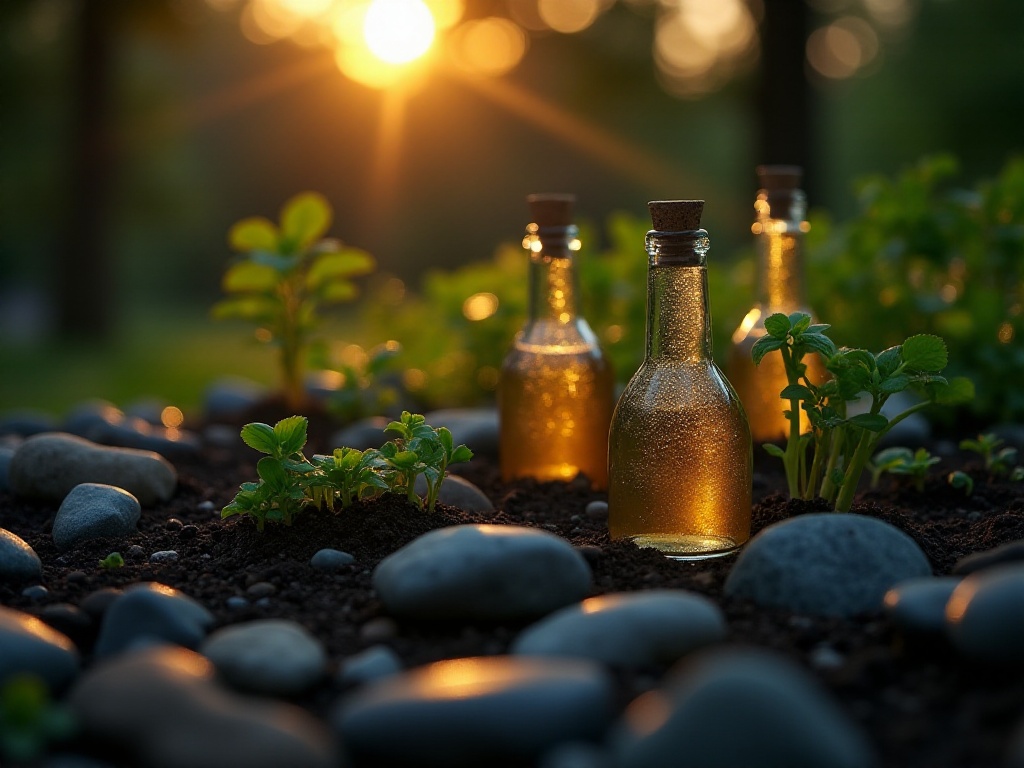
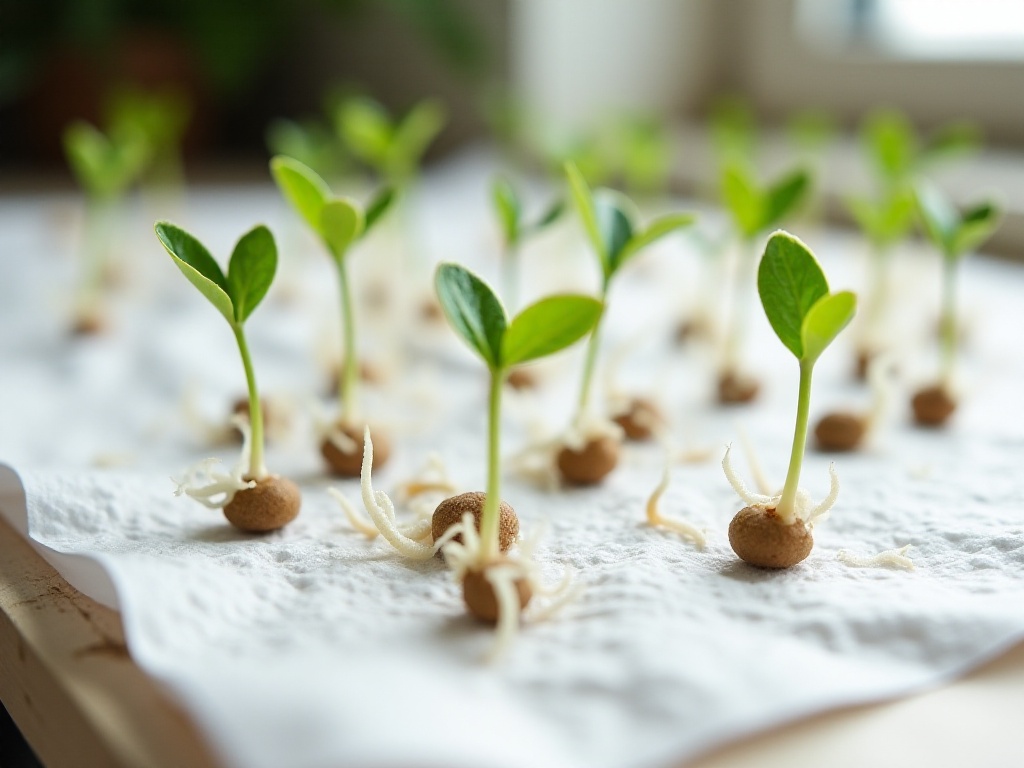
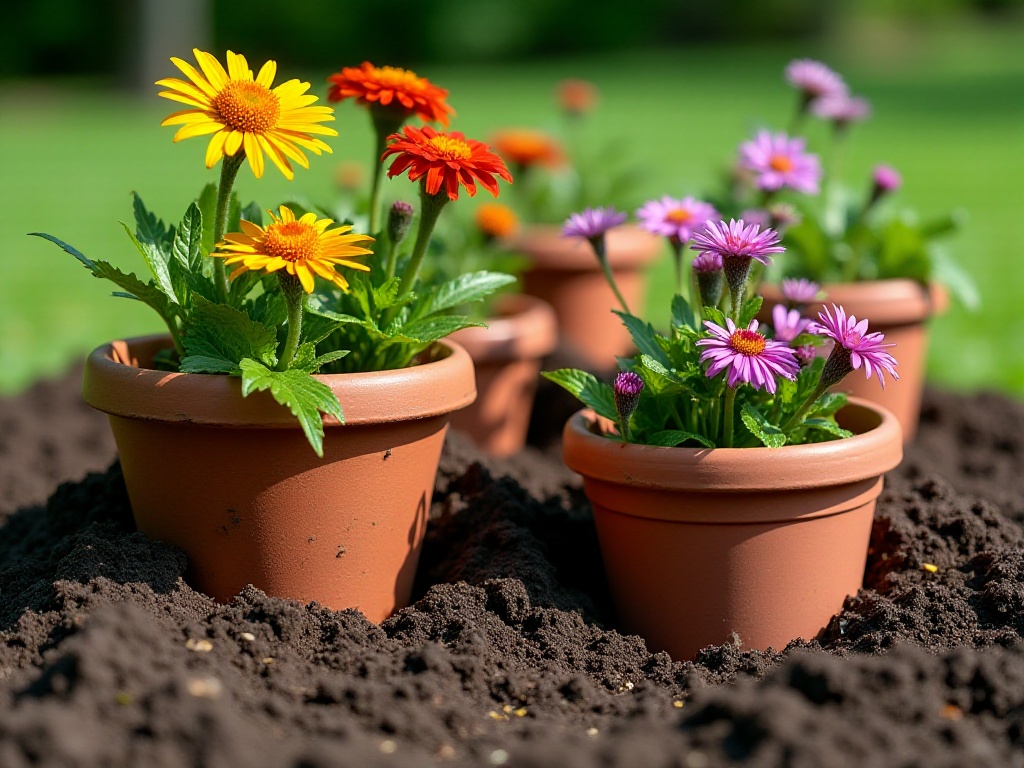
Related articles


